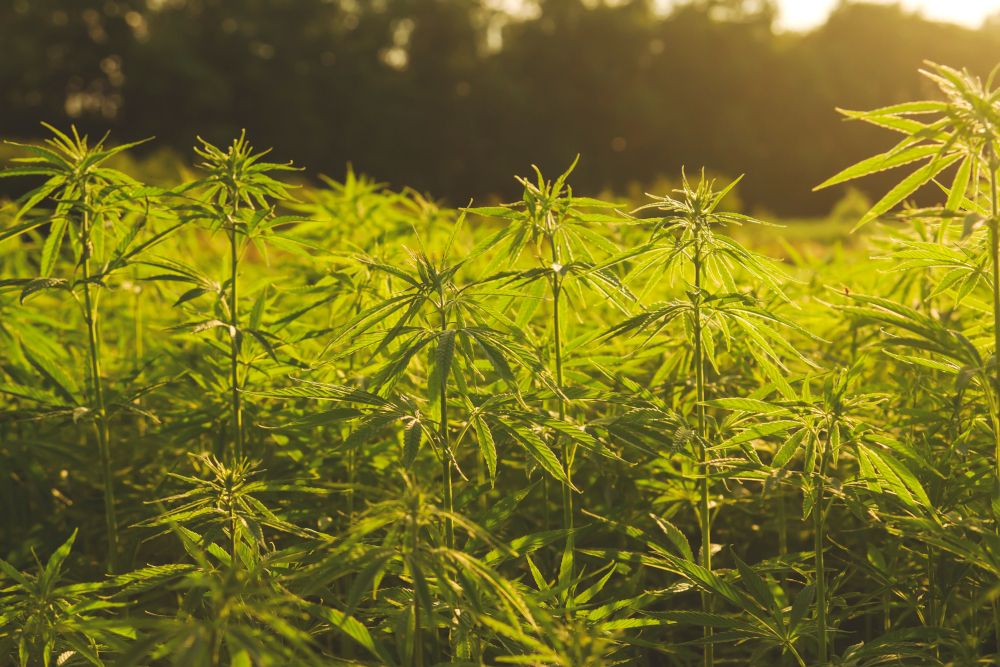A key U.S. farming association has restated its support for raising the THC limit for industrial hemp crops from 0.3% to 1.0%, suggesting the change would give growers more options in choosing the varieties they grow.
The National Association of State Departments of Agriculture (NASDA) included the recommendation in a broad statement of policy priorities for this year. NASDA represents state agriculture officials in all 50 states and four U.S. territories.
NASDA has been on record as supporting the THC increase since Sen. Rand Paul of Kentucky introduced the concept in the Hemp Economic Mobilization Plan Act in 2020.
Farm Bill delayed
Stakeholders had hoped U.S. lawmakers would take the opportunity of the 2023 Farm Bill to raise the THC barrier – and adjust other rules – but that five-year legislation was delayed at the end of last year and is not expected to be acted on until this autumn.
The hemp industry has pushed for the increase even since well before the 2018 Farm Bill legalized industrial hemp federally, suggesting the barrier is arbitrary and based on outdated research into THC.
In addition to relieving farmers from the worry that their crops will go “hot,” or over the THC limit, the change would open up possibilities for research and development of specialized cultivars for fiber, grain and flowers. It would also make CBD production more efficient because CBD rises in hemp plants in direct proportion to THC.
U.S. policy lags
Finally, it would catch the U.S. hemp industry up with nations that have developed more forward-thinking laws and regulations in recent years. The 0.3% THC limit had been widely observed around the world before the Australian state of Queensland broke ranks at the turn of the century, establishing the border between marijuana and hemp at 1.0% THC. Over the past few years, several Latin American, African and Asian nations have established their national THC limits at 1.0%.
The limit in the European Union was increased from 0.2% to 0.3% THC in 2020.
The 0.3% THC limit was codified in the United States when the U.S. Farm Bill of 2014 allowed American growers to restart the industry, and was reasserted in the 2018 Farm Bill.
0.3% is ‘arbitrary’
The benchmark, which considers the dry weight of hemp flower material, essentially draws a line between Cannabis sativa (industrial hemp) and Cannabis indica (marijuana). It was determined in 1987 based on a highly recognized study by Canadian plant scientists Ernest Small and Arthur Cronquist carried out in the 1970s on behalf of the International Association for Plant Taxonomy.
But even Small later admitted that his and Cronquist’s conclusions were arbitrary.
In addition to Sen. Paul’s 2020 draft legislation attempting to push the THC limit higher, Maine Rep. Chellie Pingree in 2022 introduced a bill to raise the THC limit to 1.0% and adjust other provisions in current law.
A group of 30 or so hemp industry groups have also called for the increase.

